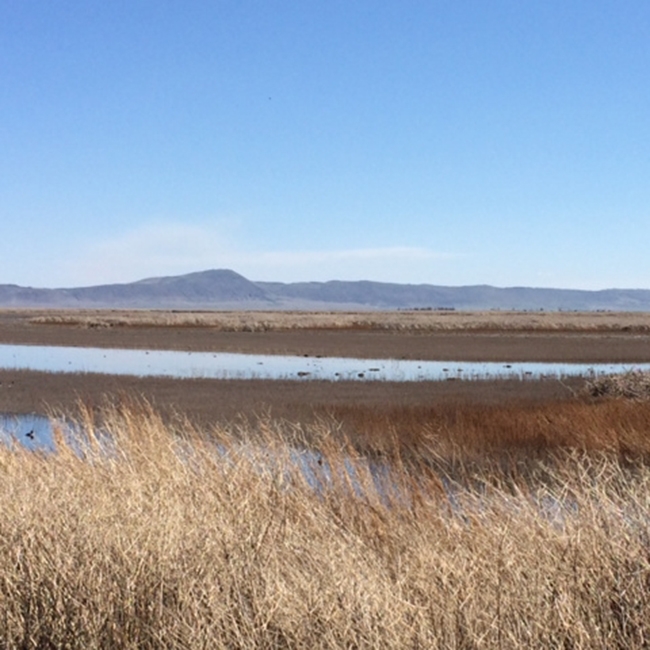How are you conserving water?
People, animals and plants all need water to survive, yet we have less than 1 percent of the earth's water available for our use. And our water supply is diminishing. This year's record California drought conditions mean that now, more than ever, every drop counts.
The average household uses 30 percent of its water outdoors for landscaping and gardening. Inside the home, the majority is used in the bathroom. Just shortening your daily shower by a minute or two can save as much as 700 gallons of water every month!
Pool your knowledge
On May 8, 2014, we're asking you to tell us what you are doing to conserve water. Have you started to take shorter showers? Invested in low-flow faucets and toilets? Let your grass go brown or swapped it for drought-tolerant landscaping? If you're a farmer, do you use new, higher-efficiency irrigation technology?
Maybe you already are conserving water; maybe you aren't. Either way, we want to know about it—and remember, in a survey like this there's no wrong answer. Your answers will help create a clearer picture of what all of us are doing—and can do—to protect our water resources.
Build a more secure future for you and your community in five simple steps:
STEP 1: On May 8, 2014, go online and visit the map at beascientist.ucanr.edu/water. Click on the picture of the map on the right.
STEP 2: Enter your ZIP Code or zoom to your current location on the map.
STEP 3: Click on your location.
STEP 4: Use the online checklist to select all of the ways you are conserving water in your home, garden, landscape, or on your farm.
STEP 5: Attach a photo showing how you're conserving water!
On May 8, 2014, get out there and be a scientist. Tell us where food is grown in your community. Your answers will help build a healthier future for your community, and for the state.
Other ways to join the fun:
- Are you a teacher? Educator? Parent? Youth group leader? Download our lesson plans and activities from our food activity box.
- Pledge a tweet or Facebook status. Join our Thunderclap campaign and donate a tweet or a Facebook status to #BeAScientist on May 8.
- Join the online conversation by following #BeAScientist on Facebook, Twitter and Instagram.
- Learn more about this project by reading our Fact Sheet.



In fact, green laundry detergents are naturally clean-rinsing and free of detergent residue. Conventional, chemical-laden laundry detergents leave a sticky residue on "cleaned" clothing. This residue is a magnet for dirt, grime and odors. The end result is that your clothing and linens do not stay fresh for very long with traditional detergent brands. Which means that energy and water intensive cycle of laundry begins again. Every drop counts!
Posted by Tamara on May 19, 2014 at 9:15 AM